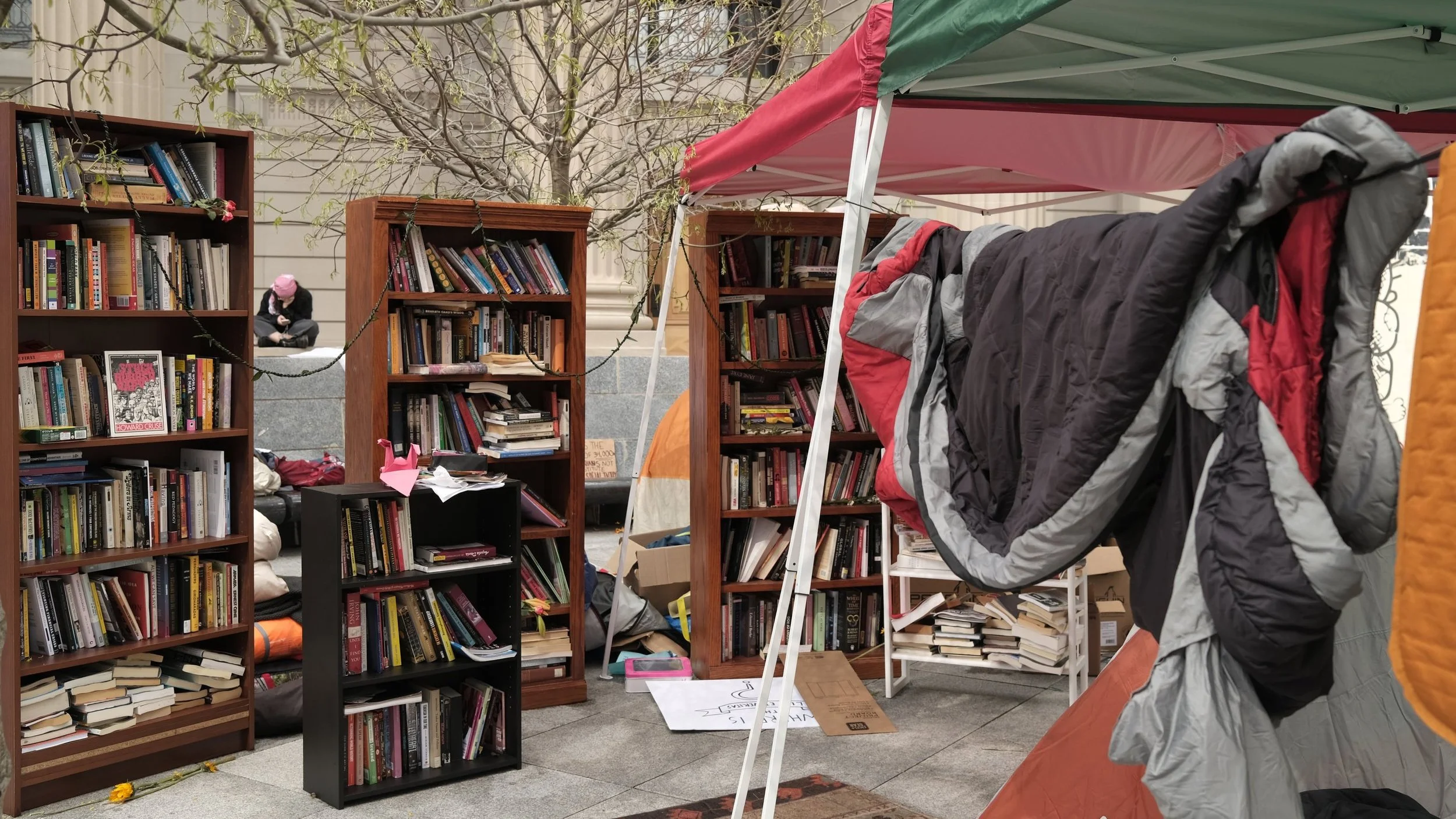In Remembrance
Today is Memorial Day in the United States. First celebrated in 1868, the holiday honored soldiers killed in service to the Union during the U.S. Civil War by visiting their cemeteries and memorials. A century and a half later, it celebrates all who died in service. This year, however, it falls one day after the fifth anniversary of the murder of George Floyd by a group of policemen in Minneapolis, Minnesota. Which events a nation remembers, the people it memorializes, and how it chooses to remember define its people. And so, although Floyd was not killed on the battlefield, PLATFORM is taking the opportunity of the holiday to remember him, the great wave of protests the tragedy unleashed, and the changes made to urban landscapes in the U.S. and elsewhere as communities struggled to fathom and resist racist policing and policies.
These protests gave a new momentum to the Black Lives Matter Movement and resonated with ongoing resistance against imperialism and other systems of oppression worldwide. People across the U.S., U.K. and beyond marched to demand justice and the dismantling of monuments glorifying slavery and colonialism in an effort to alter the ethos of public space. Such anti-racist struggles have a long history. Floyd’s death, however, became a catalyst for making connections across historical time and across geographical divides.
Looking back upon what we published at that time in PLATFORM as the events reverberated with local inflections across the globe and what our authors have contributed to this conversation since, today we reissue six articles previously published in PLATFORM.
Taking the dismantling of statues of enslavers as a point of departure, in “Architecture and Slavery” (Sep 14, 2020), Jonah Rowen brings to our attention the unspoken histories of enslavement, racism, and Black labor that pervade architecture in the U.S. It is imperative, Rowen argues, to move beyond symbolic representations and heed the evidence in material traces and documentation to locate subjects whom we have otherwise erased from history.
Kelema Lee Moses brings PLATFORM’s readers into her classroom in “Lessons from Hawai‘i” (Oct 19, 2020). Building on the premise that “dehumanization and devaluation of all Black lives, including those in the Pacific, can no longer be ignored,” this article narrates Moses’ experience of teaching an undergraduate seminar that challenges the worldview of settler colonialism and integrates Indigenous peoples into architectural history. Moses invited her students to collaborate with her in building her seminar on Pacific Island built environments and examine them as part of, and separate from, U.S. hegemony.
In 2021, in the weeks following the U.S. presidential election, the neighborhoods between the White House and the Capitol in Washington D.C., became increasingly fortified, constituting the series of defensive lines in what the Washington Post called the “Red Zone.” Dell Upton’s remarkable photographs in “The Fortification of Washington, or, Two Weeks in the Red Zone” (Feb 8, 2021), show the toll taken on everyday life in a city under siege. If the insurrection on the Sixth of January accomplished anything, Upton argues, it justified the further militarization of public space in D.C., making public buildings increasingly inaccessible to citizens.
In “The Right to the Creative City in the Era of #blacklivesmatter” (Feb 8, 2021), Andrew Herscher asks what a city that values the lives of people of color would look like. Looking to Aimé Césaire’s critique of Hannah Arendt, Herscher argues that discussing rights to the creative city distracts from a larger, more pressing problem: that the concept of human rights is grounded in anti-Black racism. The Black Lives Matter movement has demonstrated that we can’t realize political equality if the state sanctions violence against Black Americans. Inspired by Martin Luther King, Jr. and activist scholars, Herscher notes that the struggle by Black Americans for freedom and justice is much more than a struggle for particular rights. When we end state-sanctioned racially motivated violence, we can begin to think about what a creative city would be like.
In the wake of the removal of the Robert E. Lee statue in Richmond, VA, in July 2021, Lisa Goff calls for the public, official marking of the removal of Confederate statues. In “Under Cover: Clandestine Removals of Confederate Statues” (Sep 13, 2021) Goff describes the pomp and circumstance that took place at the original unveiling ceremonies for these statues and their clandestine removals at present to protect white supremacists from facing inconvenient truths. A public ceremony of dismantling and removal would make anti-racism ordinary, she argues. Ultimately, she hopes that Richmond’s and Charlotteville’s approach to removing their statues in the light of day will inspire other localities to do the same.
In “Lessons from American Arcadia: White Spaces, Black Athletes, and Insulated Professors” (Oct 3, 2022), John R. Senseney elaborates upon the traditional model of college and professional sports as a principal means of whites’ acceptance and inclusion of Blacks, highlighting minoritizing operations that pervade white-majority spaces including university classrooms. Countering right-wing accusations of liberal bias on university campuses and attempts to invert the meanings of terms like diversity, equity, and inclusion, the article emphasizes difficulties that minoritized individuals face in accessing and thriving within spaces that white professors and students comfortably inhabit. Senseney calls for instructors to bring racial equity to graduation rates by structuring requirements in ways that hold students accountable for intellectually unsustainable views and refusal to engage with unfamiliar perspectives.
Citation
“In Remembrance,” PLATFORM May 26, 2025.





